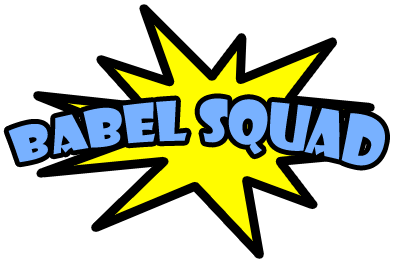Solution
To solve this complex problem of language teaching, a solution involving several well-organized components is necessary. These components and the Web 2.0 standard help us in such a way that anyone can simply log on and start learning the language of their choice, without having to install extra software or web browser plug-ins. Given the wide range of people who will need access to this software the web seems to be the perfect platform for our solution.
When a professor is inspired to create a game that students can play to learn a language, the professor can simply log on and use a GUI (Graphical User Interface) to construct a tree-like structure of boxes. These boxes will be color-coded based on content and will include a unique and exciting scene that the player will encounter while playing the game. Scenes designed to challenge the intellect using a variety of predefined templates to create diverse situations. Some of these templates include the items listed below.
- Video questions
- Drag and drop sentence completion
- Drag and drop vocabulary matching
In the real world, native speakers speak very quickly, using slang and informal turns of phrase that can throw students off if they are unaccustomed to it. Video questions will show students how native speakers communicate while exposing them to a more diverse set of ways to communicate.
The drag and drop exercises are aimed at providing a very intuitive way of signaling what words go where, without having to resort to a complicated array of check boxes and radio buttons. Armed with such a clean, compelling interface, user frustration disappears, leaving behind only the knowledge needed to succeed while traveling abroad in a foreign country.
Each adventure game that the professor wants to build to help students learn a new language is divided up into discrete scenes. Each scene is an individual activity that may involve watching a video or doing a small vocabulary quiz.
When the professor is done gathering together scenes into an adventure, it is uploaded to the Web, where students can eagerly log on and step through the adventure at their own pace and skill level. When a student completes one of their grand adventures, be it hiking along the Andes in Chile, or shopping for knickknacks in a European marketplace, saving a record of this journey allows professors to review and examine a student's strengths and weaknesses.
Using the history of the adventure the entire trip is available for play back by bringing together the videos the student encountered and the audio recordings of the student's responses. This helps the student relive the adventure they just had, as a way of thoroughly cementing the linguistic lessons learned through trial and error.
Not all language-learners are fluent English speakers. Sometimes a native Japanese speaker may want to learn Spanish, for example. To facilitate learning that is not English-based, the professor can specify new text that the user interface will rely on to deliver helpful pointers and directions in the student's native language.
